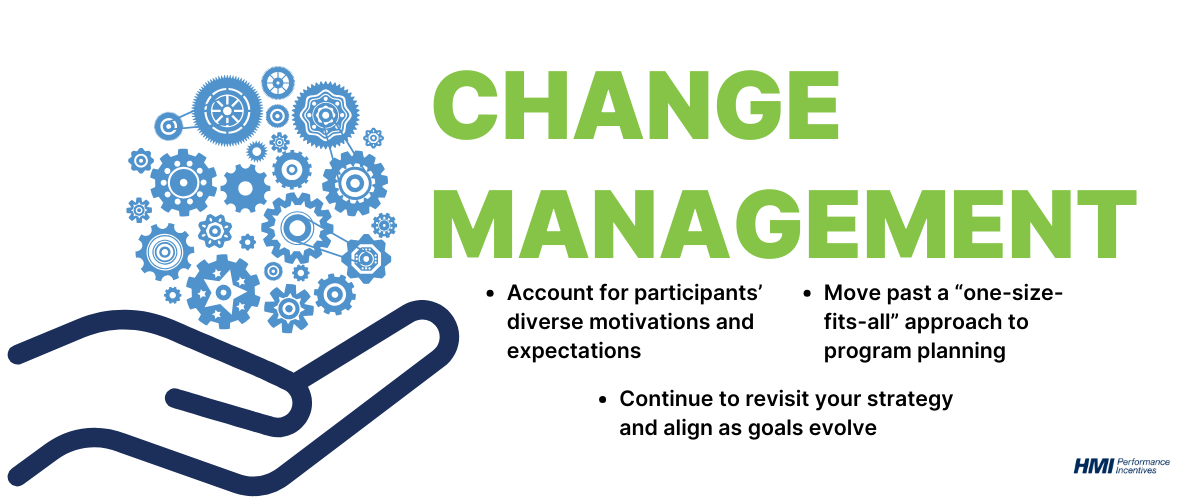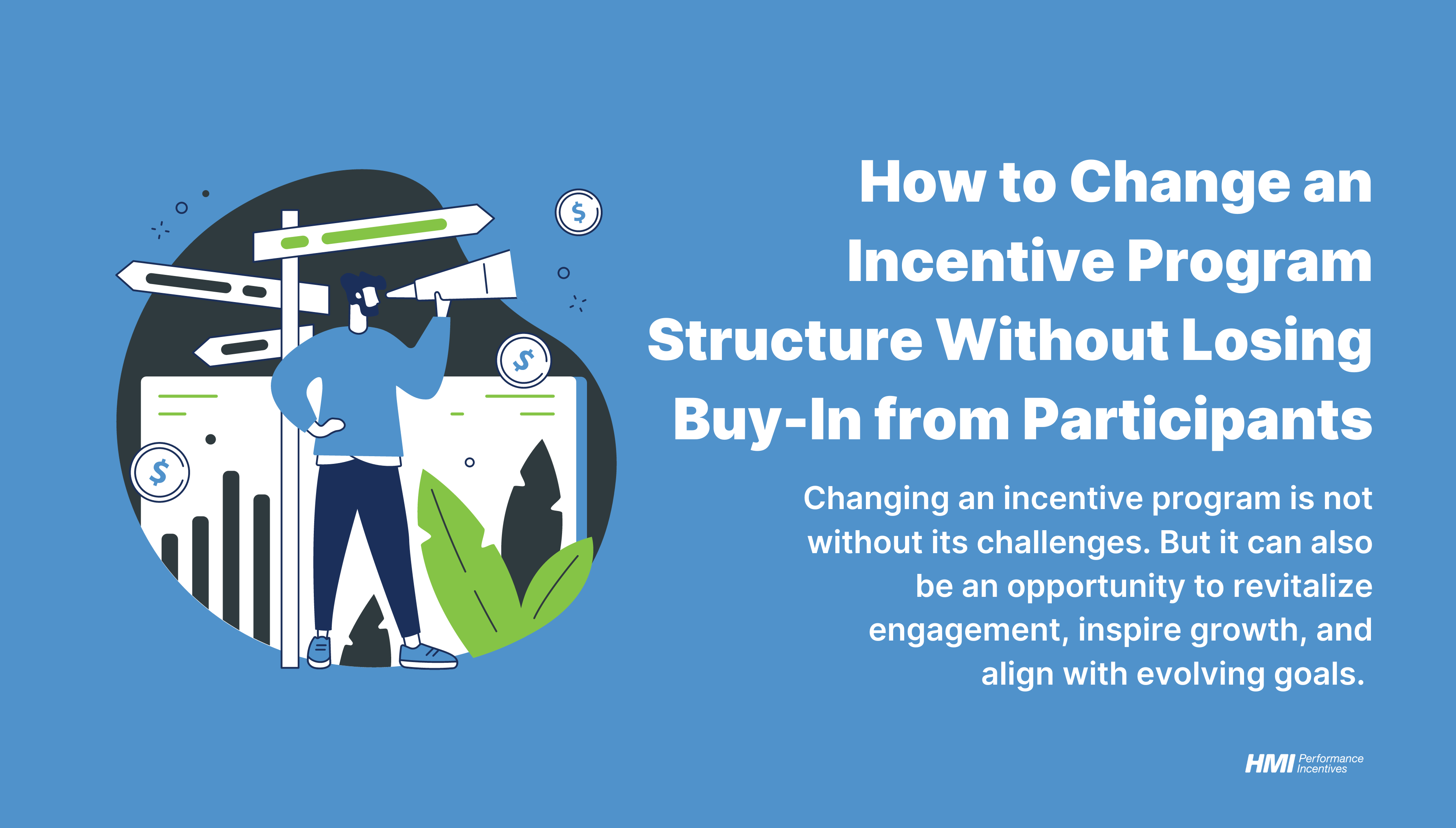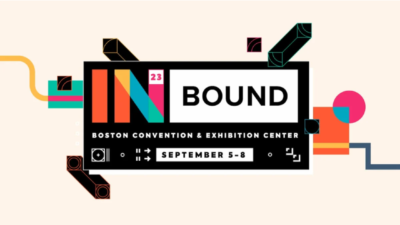We’re all human (except for you, ChatGPT). And as humans, we don’t like change.
Free Download: B2B Customer Loyalty eBook
Change is hard. It makes us think about the things we’re about to lose. In behavioral economics terms, this leads to a feeling of loss aversion.
Sometimes, because of loss aversion, we’ll react negatively when we’re forced into change. Sometimes, we’ll get angry. Consider the Dunkin’ example.
Last year, Dunkin’ Donuts changed the parameters of their loyalty program as a result of inflation (among other things). Their customers didn’t like it. And they weren’t the only one to do it, as other brands made similar moves.
But sometimes change is necessary. Our new job may need us to move. Having children may cause us to adjust our social life (who are we kidding—it will). A rising cost of capital may lead us to shift our business model.
And as with Dunkin’, an incentive or loyalty program is no different. Whether it’s changes in program economics, or increasingly challenging program logistics, there may come a time when we decide that the structure of our program needs to change.
But how do we go about making these adjustments? And more importantly, how can we do it without losing buy-in from our program participants? Below are a couple of change management solutions that can help you optimize your incentive strategy.
Solution 1 – Organization: Segment Your Program Into Tiers
If we want to navigate our program through necessary changes, we first need to acknowledge the diverse motivations and expectations of our participants. Not all participants are the same. So, a one-size-fits-all approach to incentives might not yield the best results.
Imagine how your top customer or salesperson might feel if they found themselves across the table from someone who barely squeaked into the program.
Or worse: imagine they’re attending a trip or event with their spouse. But soon they learn that any trip earner had the option to buy extra spots on the trip for anyone they want. Suddenly, an exclusive, high-end experience has turned into an extended family vacation.
Incentive programs aren’t meant to be all-inclusive. They’re supposed to make people feel special. However, it’s easy to see how the above scenario could end up diminishing motivation and diluting your program’s recognition—if you don’t step in.
So, you decide that you need to shake things up a bit. But what can you do? You need to keep your top performers feeling happy and recognized, without completely cutting out and alienating your Middle 60%.
Primary Groups (VIPs) and Secondary Groups
Start by taking a more targeted approach. First, identify your primary groups—often composed of your top performers, most loyal customers, or strongest strategic partners. These individuals consistently demonstrate their commitment and drive to achieve exceptional results. They’re your VIPs, and they should be rewarded as such.
They deserve to have a more tailored incentive program, one that recognizes their status and rewards their outstanding efforts. So, make sure their program offers exclusive rewards, personalized experiences, and more face-time with executives.
This will ensure that these VIPs remain engaged and motivated.
But don’t just cut out the lower tier of participants completely. This secondary group might might not be top achievers, but they’re still valuable contributors to your business.
For this segment, focus on creating an incentive program that promotes growth and improvement. Provide them with the tools, resources, and learning opportunities to elevate their performance and move up the ranks. In the case of an incentive trip, a regional “drive-to” event is an effective option.
Your organization benefits by scaling down the scope of the program. But you’ll also keep the lower tier of participants engaged and excited about their journey towards becoming VIPs themselves.
Solution 2 – Cost Structure: Traditional Versus Self-Funded
Establishing tiers is one way to reorganize your program structure. Changing the cost and funding dynamics is another.
Traditional Cost Structure for Top Achievers
For top performers and most loyal participants, maintaining that sense of continuity is crucial. In this sense, there doesn’t need to be much change in how their program is funded or what they can earn.
Sales thresholds, a President’s Club-style incentive trip, or a traditional loyalty program are all viable options here.
Self-Funded Program for Lower-Tier Achievers
On the other hand, shifting to a self-funded cost structure for lower-tier earners is a strategic way to improve the economics of your incentives. Here, participants are required to generate growth before they can enjoy the rewards of their program. The growth is what covers the cost of their incentives.
This approach encourages participants to actively invest in their own development and success. This kind of change can improve the economics of your program, without altering participants’ perception of it. Rather than you taking something away from them, they become more accountable for their progress.
As participants see the direct correlation between their effort and their reward, their buy-in and motivation remain intact.
The self-funded program also aligns with the growth mindset. It fosters a culture of continuous improvement and personal investment. Over time, this can lead to a more engaged and empowered participant base, even in the face of significant changes.

Conclusion
Change management in an incentive program is not without its challenges. But it can also be an opportunity to revitalize engagement, inspire growth, and align your strategy with evolving goals.
A tiered approach and a self-funded cost structure are just two ways to minimize loss aversion. And there are others as well. The important thing to remember is that when it comes to change management, perception is paramount. Be sure you’re communicating these changes clearly and with enough transparency. Leave the surprises to birthday parties and anniversaries.









